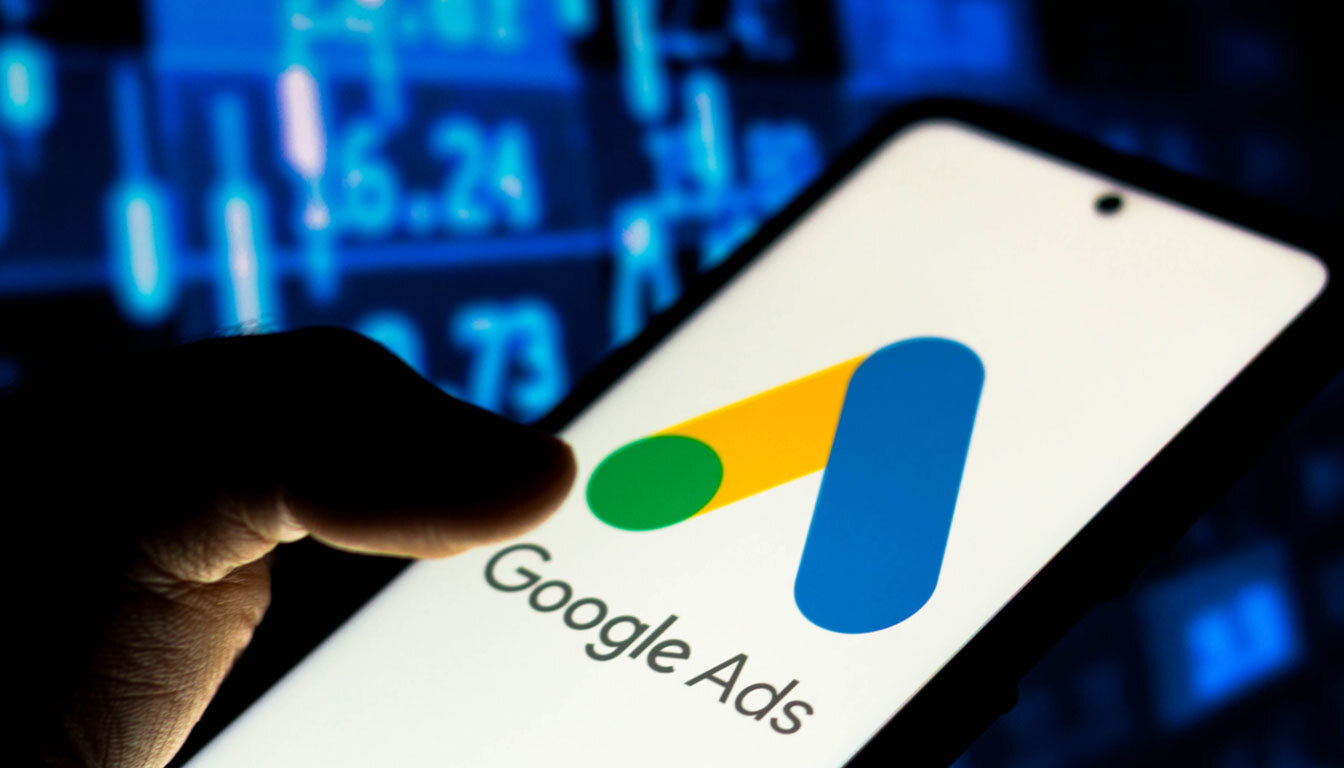
Understanding Google Ads: A Beginner's Guide to PPC Advertising
Introduction
Feeling like your website is a lonely island in the vast digital ocean? Worry not, fellow entrepreneur! Google Ads is here to be your lighthouse, guiding potential customers to your shores. This blog serves as your beginner's guide to Google Ads, simplifying the world of PPC advertising (pay-per-click) and equipping you with the knowledge to navigate this powerful marketing tool.
Let us first have an overview of PPC advertising!
PPC Advertising
Let’s understand what PPC advertising is:-
PPC stands for pay-per-click, a form of online advertising where advertisers pay a fee each time someone clicks on their ad. It's a popular way for businesses to reach a targeted audience and drive traffic to their website.
Here's a breakdown of the key points:-
- You only pay when someone clicks: Unlike traditional advertising like TV commercials or billboards, you only pay when someone interacts with your ad by clicking on it.
- Targeted reach: You can target your ads to specific demographics, interests, and online behavior, ensuring your message reaches the right audience. This increases the likelihood of clicks and conversions (turning clicks into sales or leads).
- Variety of platforms: PPC advertising goes beyond just Google searches. You can also run PPC campaigns on social media platforms, websites, and mobile apps, reaching potential customers across various channels.
- Track your results: PPC platforms like Google Ads provide detailed analytics, allowing you to track the performance of your campaigns, see what's working, and adjust your strategy for better results.
Key Advantages of PPC Advertising
Let’s have a look at the advantages of PPC advertising:-
- Quick Results: PPC campaigns can generate quick and measurable results. Once set up, ads can start appearing on the SERP, driving immediate traffic to a website.
- Targeted Advertising: Advertisers can target specific keywords, locations, devices, and demographics, ensuring that their ads reach the most relevant audience.
- Control Over Budget: Advertisers have control over their spending by setting daily or campaign budgets.
- Measurable and Adjustable: PPC platforms provide detailed analytics. This analytics helps to track the performance of their ads. Based on this data, they can make adjustments to optimize their campaigns.
- Enhanced Brand Visibility: PPC ads can increase a brand's visibility, especially for competitive keywords, putting it in front of users actively searching for related products or services.
PPC advertising is a targeted and cost-effective way for businesses to promote their products or services online, with payments based on user engagement in the form of clicks.
What are Google Ads?
So, what exactly are Google Ads?
Imagine millions of people searching for products and services online every day. Google Ads allows you to place your business right in front of them at the very moment they're actively looking for something you offer. This is achieved by displaying short, targeted advertisements alongside relevant search results, grabbing their attention just when they're most receptive.
How does it work?
- Define your goals: Find out your goal behind using Google Ads. Do you want more website traffic, phone calls, or online sales?
- Target your audience: Who are your ideal customers? Google Ads lets you target people based on demographics like location, age, and interests, ensuring your ads reach the right audience.
- Craft your ad; Create a compelling and informative ad that grabs attention and highlights your unique selling points.
- Set your budget: Decide how much you're comfortable spending per day or week on your advertising campaign.
Why Use Google Ads?
Find out here, why Google Ads are used:-
- Reach the right people: Target your ads to the specific audience most likely to be interested in your offerings.
- Increase website traffic: Drive more potential customers to your website, increasing the chances of conversions (like sales or signups).
- Track your results: See how your ads are performing and adjust your strategy based on real-time data.
- Flexible budgeting: Set a budget that fits your needs and gradually scale your spending as you gain confidence.
Getting started with Google Ads
How will you start with your Google Ads?
- Create a free Google Ads account: It's a straightforward process that only takes a few minutes.
- Explore learning resources: Google offers a wealth of tutorials, guides, and even certifications to help you master the platform.
- Start small: Start with a simple campaign, and as you gain experience, you can expand your reach and experiment with different strategies.
Remember always, Google Ads is a powerful tool, but like anything new, it requires some learning and experimentation. However, with this beginner's guide and a little dedication, you can unlock the potential of Google Ads and watch your business thrive online!
Along with Online advertising such as Google ads, etc. there are many other digital marketing strategies. Mr. Amit Jadhav has put all those digital marketing strategies into one place and that is an online business course, known as “Digital Growth Accelerator System”, DGAS. Amit Jadhav is a serial entrepreneur, coach, author, speaker, and an actor too! He has designed this unique, ultimate lead generation course for businesses to make their online presence stronger in this digital world!!
With time and dedication, you will uncover the strategies that work best for your business, driving it toward greater visibility, customer engagement, and success in the digital realm. Happy advertising!
- Amit Jadhav
www.amitjadhav.com
